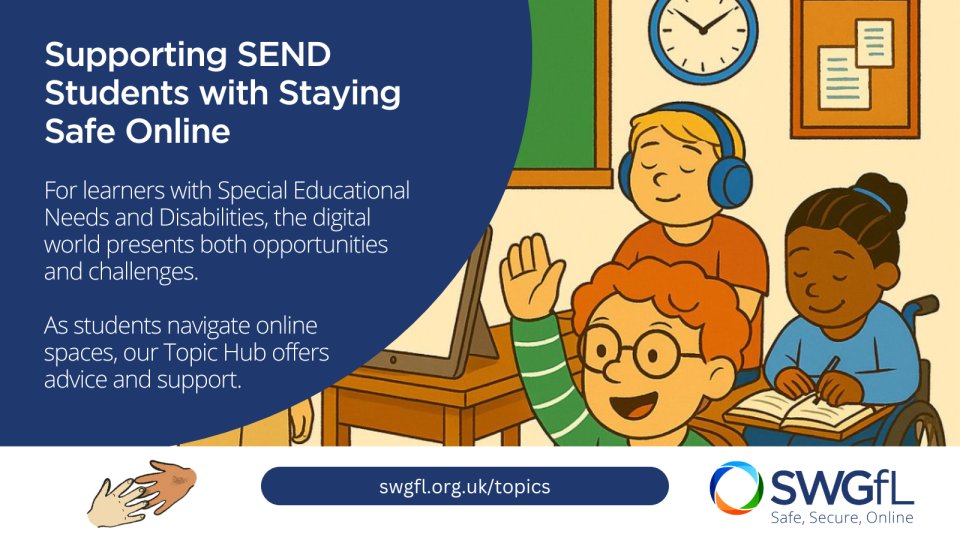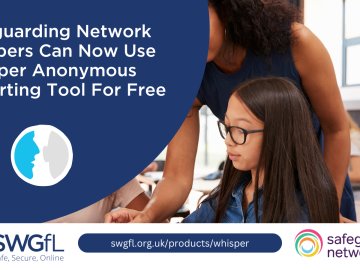As educators continue to shape how children and young people learn, communicate, and explore, it becomes increasingly important to recognise and respond to the specific needs of those with Special Educational Needs and Disabilities (SEND). While digital tools can be empowering, offering autonomy, creative outlets, and social connection, they can also introduce unique risks. For learners with SEND, standard online safety approaches may fall short, requiring a more tailored, inclusive approach.
Why SEND Learners Need a Different Online Safety Approach
SEND learners may face distinct challenges online, including:
- Cognitive and Communication Barriers: Difficulties in understanding complex concepts or expressing concerns can hinder a learner’s ability to recognise or report harmful experiences online.
- Increased Social Vulnerability: Some SEND students may struggle with social boundaries or understanding others’ intentions, making them more susceptible to grooming, cyberbullying, and online exploitation.
- Routine Dependence: Changes in familiar digital environments or online platforms can cause anxiety or confusion, affecting a student's ability to adapt and remain safe.
- Emotional Reliance on Technology: For many, the online world serves as a critical space for identity, expression, and connection, making negative experiences more impactful and harder to disengage from.
These factors underscore the need for dedicated resources that help educators and safeguarding leads implement strategies aligned with the specific needs of SEND students.
The SEND Hub: A Practical Guide for Educators and DSLs
Recognising this gap, a dedicated SEND hub has been created by SWGfL for educators, Designated Safeguarding Leads (DSLs), and Child Protection Leads. This resource supports schools in building a whole-school approach to online safety that is inclusive, proactive, and sustainable—regardless of the school type or the proportion of SEND learners.
The hub provides practical, evidence-informed advice in key areas, including:
- Building an Inclusive Online Safety Framework
Aligning school safeguarding policies with approaches that specifically address the needs of SEND learners. - Understanding Online Risks for SEND Students
Gaining insight into how risks manifest differently for children with SEND, enabling earlier identification and prevention. - Delivering Accessible Online Safety Education
Adapting educational content to meet diverse learning styles and emotional development levels. - Empowering School Staff
Equipping teachers and support staff with the knowledge and tools to identify online risks and respond appropriately. - Collaborating with Parents and Carers
Extending the digital safety conversation beyond school walls, creating consistency across environments. - Addressing Challenges Beyond the Classroom
Supporting SEND learners in settings like residential care or during transportation, where online access may still occur.
Strengthen Your Approach
The aim of the SEND Online Safety Hub is not only to help protect learners from harm, but to support them to thrive online. A safe digital experience opens the door to learning, friendship, and creativity, opportunities every child deserves, regardless of their learning needs.
By using the resources within this hub, schools can:
- Build robust online safety strategies tailored to SEND needs
- Create inclusive, supportive digital learning environments
- Strengthen collaboration between educators, families, and safeguarding professionals
- Promote resilience, critical thinking, and informed digital choices among SEND learners
To explore the full suite of resources, click through each section of the hub. For bespoke training or additional support, contact the SWGfL team at onlinesafety@swgfl.org.uk or visit our training page for more information.






